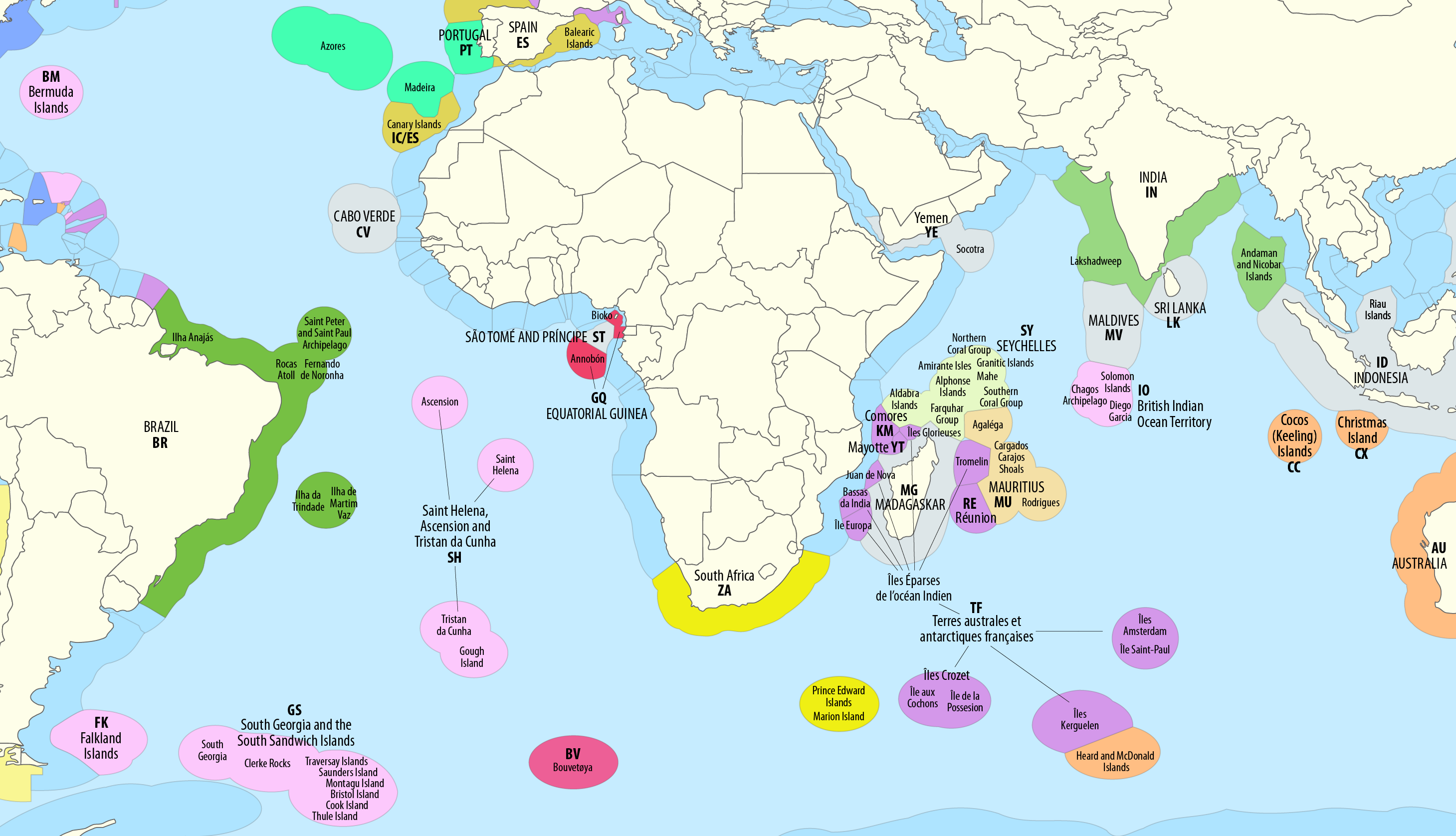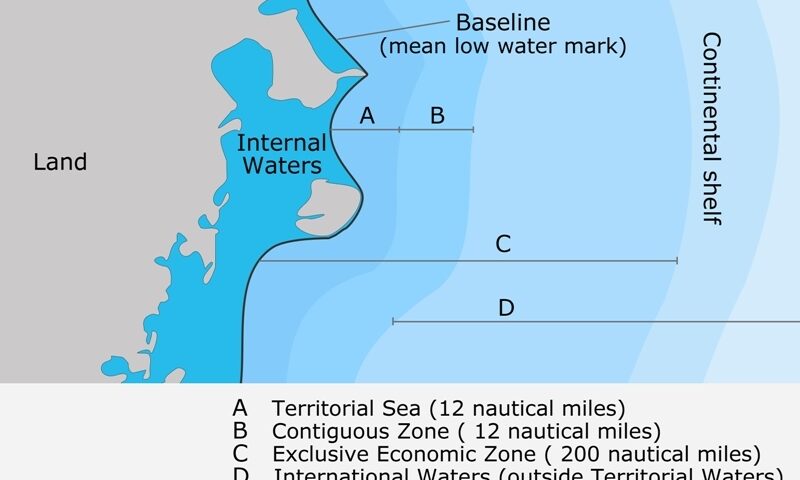The law of the sea is a body of public international
law governing the geographic jurisdictions of coastal
States and the rights and duties among States in the
use and conservation of the ocean environment and its
natural resources. The law of the sea is commonly
associated with an international treaty, the Convention
on the Law of the Sea (UNCLOS), negotiated
under the auspices of the United Nations, which was
signed in 1982 by 117 States and entered into force in
At present 133 States have signed and ratified
UNCLOS;
Tag: What are the 4 zones of the Law of the Sea?
Baselines and Related Issues on the International law of the sea
The seaward limits of each jurisdictional zone are measured from baselines. Thus rules concerning baselines are of particular importance in the law. In particular, rules governing straight baselines and bays merit serious consideration. Furthermore, attention must be devoted to the legal status of islands and low-tide elevations because the existence of these maritime features may affect the seaward limits of marine spaces under national jurisdiction. (i) What are the rules governing baselines?
(ii) What are the problems associated with rules with regard to straight baselines?
(iii) What are the rules governing juridical bays in international law?
(iv) What is a historic bay and what are the elements of title to such a bay?
(v) What is the definition of an island?
(vi) What are the differences between islands, rocks and low-tide elevations? Baselines and Related Issues on the International law of the sea, baselines, coastal State, internal waters,International law of the sea, jurisdictional zones


